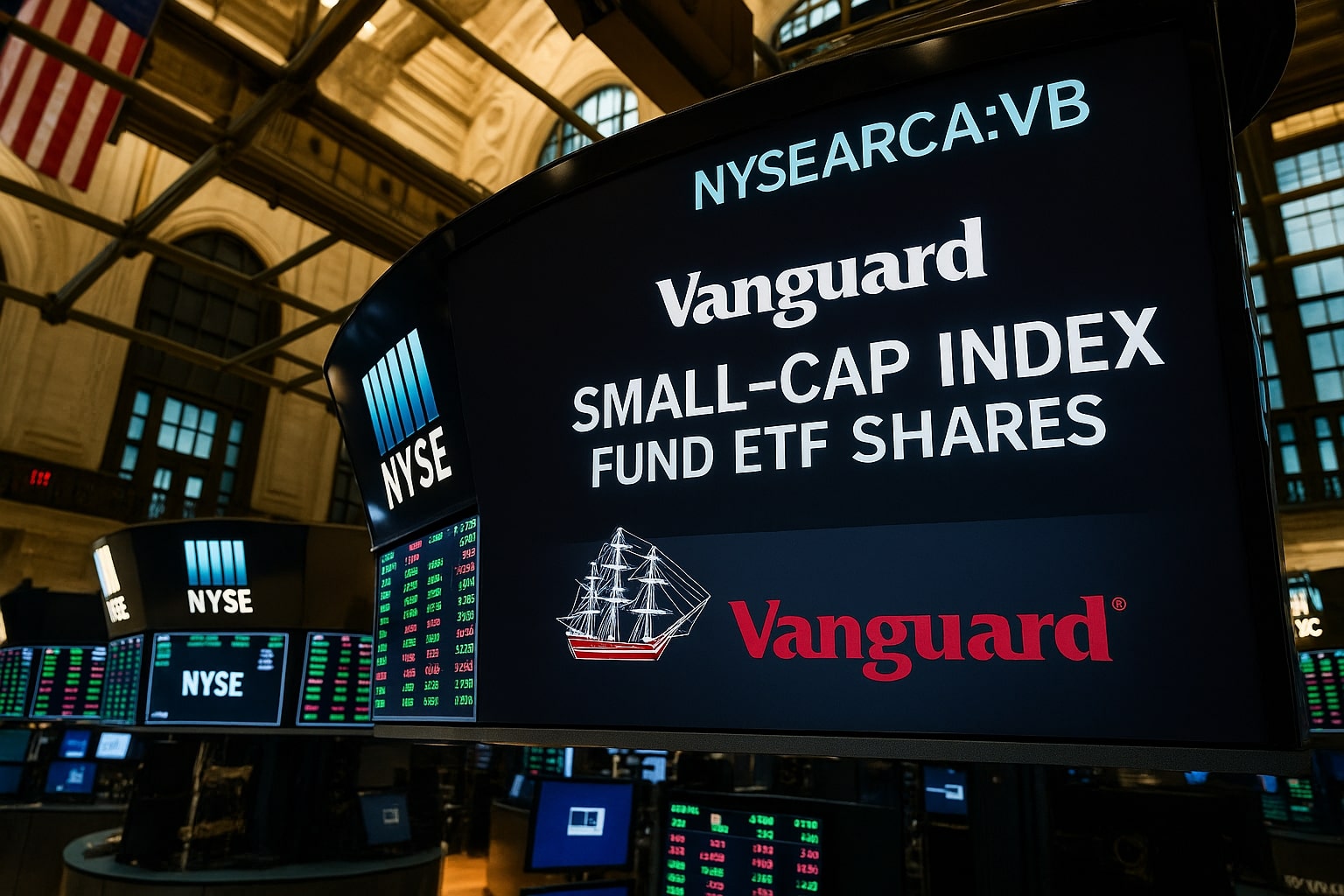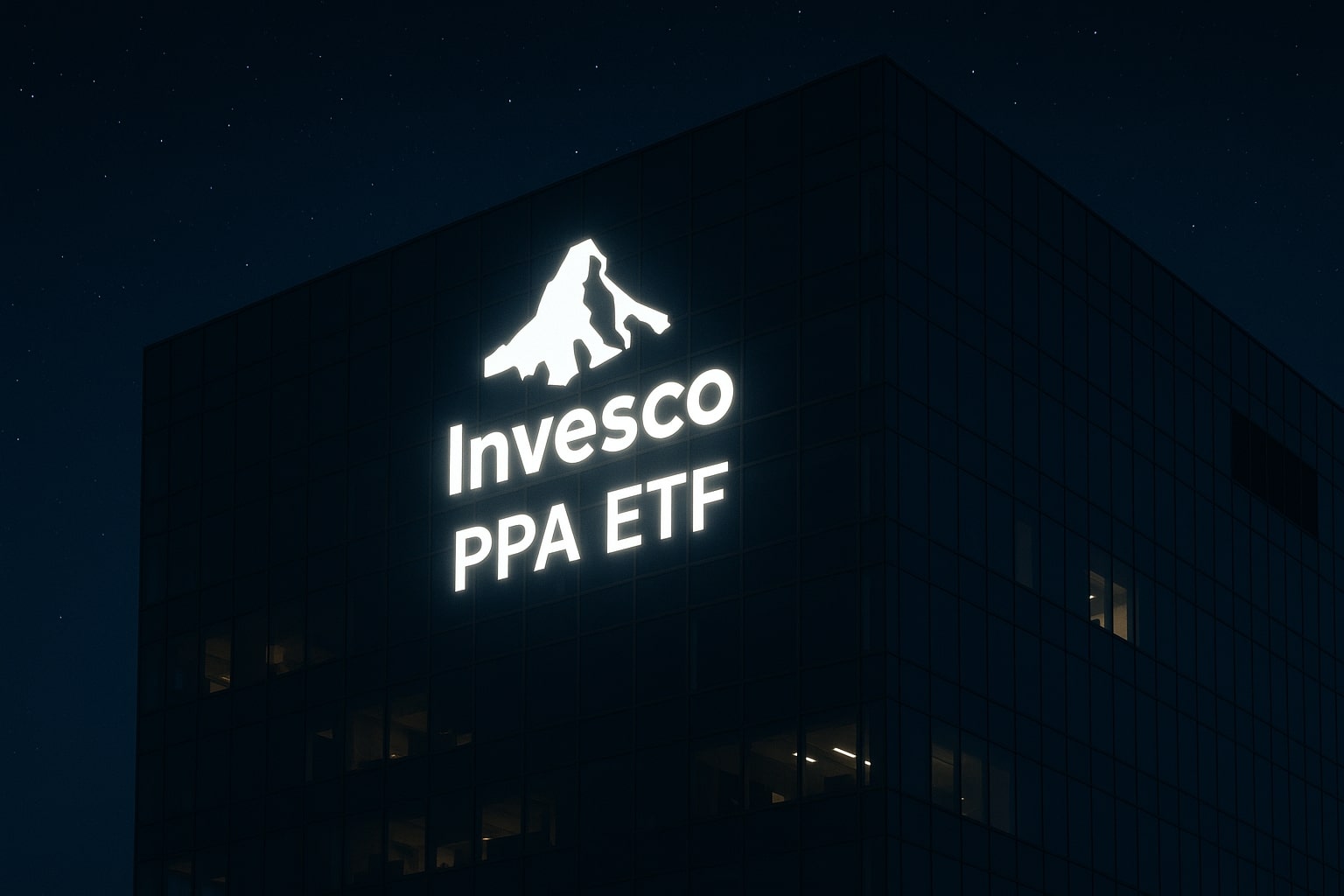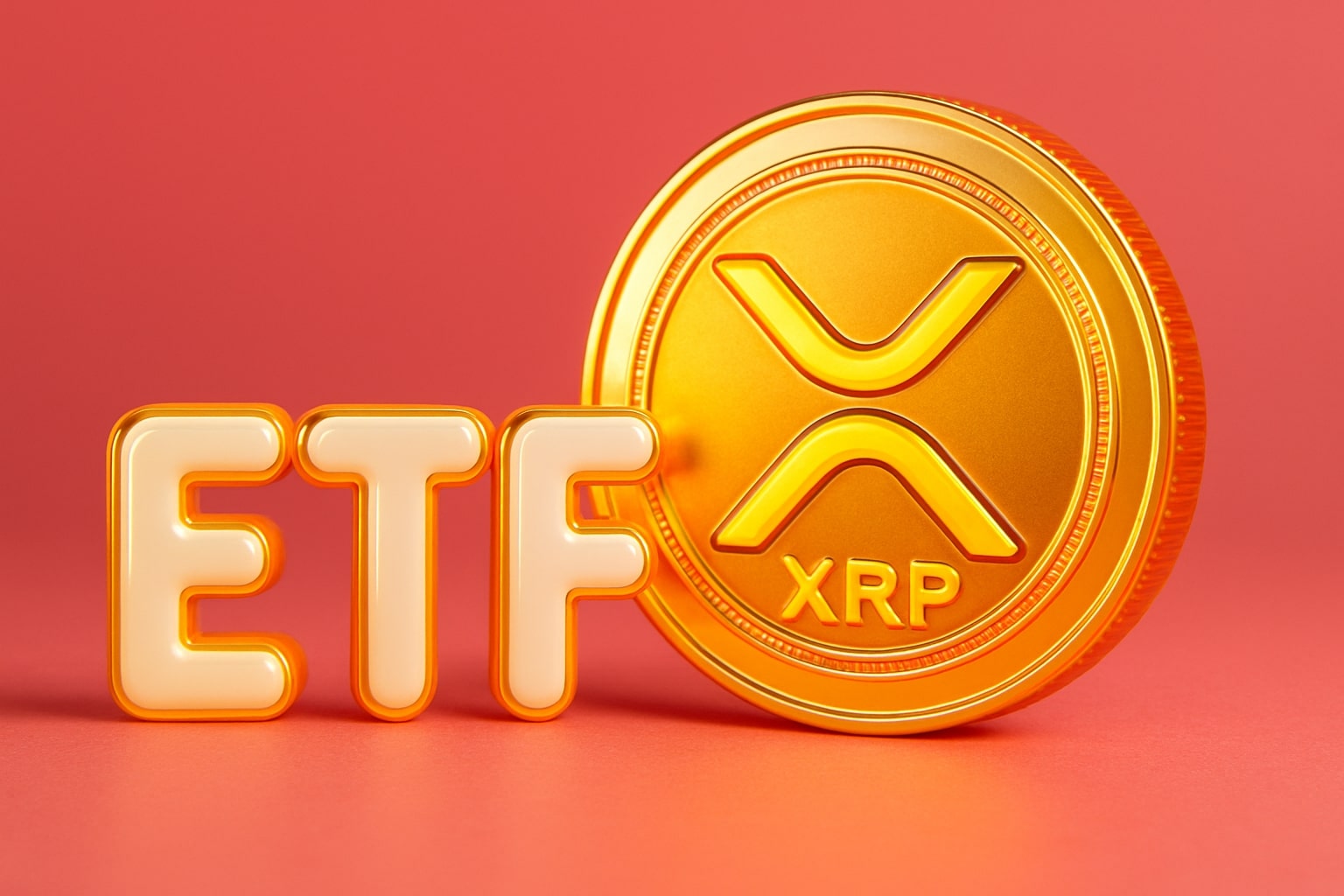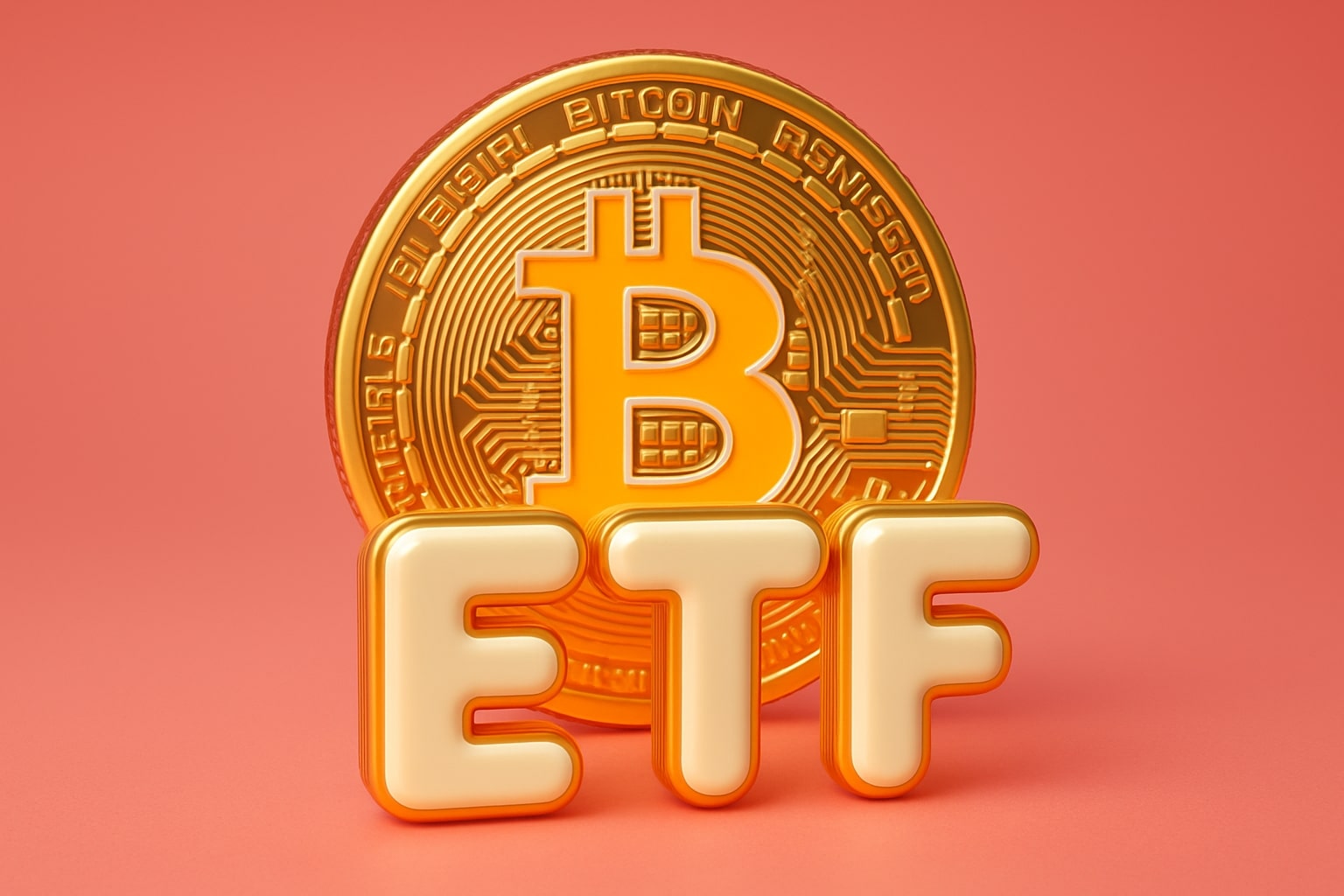
Vanguard Small-Cap ETF (NYSEARCA:VB) Targets $285 on Rate Cut Tailwinds
VB climbs on valuations, $154B assets, and sector strength as monetary easing and fiscal policy drive small-cap outperformance over mega caps | That's TradingNEWS
NYSEARCA:VB ETF Earnings Momentum and Market Rotation
The Vanguard Small-Cap Index Fund ETF (NYSEARCA:VB) has become a focal point in 2025 as investors rotate capital away from mega-cap technology toward broader segments of the U.S. equity market. Trading near $253 after a modest 0.61% daily gain, VB is backed by $154.18 billion in net assets and remains one of the largest and lowest-cost small-cap ETFs with an expense ratio of just 0.05%. Its 1.37% yield is relatively modest but signals steady income, while the fund has returned 5.42% year-to-date and nearly 9.52% over the past 12 months, far ahead of the small-blend category average. The ETF’s 10-year performance of 8.81% annually also reinforces its reputation as a long-term compounding vehicle for investors seeking exposure outside of the S&P 500. Investors can track the real-time price action of VB at TradingNews VB Chart.
Shifting Market Dynamics in Favor of Small Caps
The broader backdrop supporting VB is a combination of easing inflation, projected interest rate cuts, and fiscal incentives aimed at smaller enterprises. Historically, rate cuts during economic expansions—not recessions—benefit small caps disproportionately. The CRSP U.S. Small-Cap Index, which VB tracks, includes 1,339 companies with a median market cap of $8.6 billion, significantly smaller than the constituents of large-cap trackers like the S&P 500. At current valuations, VB trades at a 21.15x P/E ratio, which is a 27% discount compared with the S&P 500’s 23.60x multiple. This valuation gap suggests room for upside if investors continue to broaden exposure beyond mega-cap leaders. Analysts have projected a potential target of $285, roughly 9% above VB’s record high of $262, reflecting both earnings momentum and favorable positioning in cyclical sectors.
Sector Allocation and Small-Cap Leadership
VB’s sector composition is heavily tilted toward industrials (22.8%), consumer discretionary (14.9%), financials (14.6%), and technology (13.4%). Industrials are set to expand at a 6.7% CAGR from 2025 to 2034, making them a core driver of returns in VB. In small-cap industrials, performance has historically outpaced large-cap peers by nearly 0.8% annually over the last decade. Financials, primarily regional banks and insurers, have been pressured by high borrowing costs and the 2023 banking crisis, but a more dovish Fed could reignite profitability in this sector. Consumer discretionary stocks add cyclical exposure but are backed by resilient U.S. household spending. Technology remains a weaker contributor compared to mega-caps, as small-cap software and semiconductor names have not captured the AI-led windfall, but some selectively positioned firms could benefit as AI adoption moves downstream into mid-market enterprises.
Macro Catalysts Driving NYSEARCA:VB ETF
The shift in policy after the Jackson Hole symposium, where Jerome Powell hinted at flexibility around tariffs’ inflation impact, supports expectations of easing monetary conditions. Deregulatory policies, particularly from the Trump administration’s DOGE initiative, aim to reduce bureaucratic costs by as much as 20% for smaller corporations, directly improving profit margins. On the fiscal side, the OBBBA Act extends crucial small-business tax deductions, bolstering cash flows and supporting capital expenditures. These structural supports differentiate this cycle from prior ones where small caps faltered during rate cuts linked to recessions.
Valuation Gap and Comparative Performance
Relative to peers, VB has outperformed active managers like TMSL, which returned 11.26% versus VB’s 10.77% over the last year. After fees, VB’s passive approach remains more compelling given the negligible excess return generated by active small-cap ETFs. Against category rivals, VB is stronger than IJR (which emphasizes financials at 19.5%) and IWM (heavily tilted toward health care at 15.7%). VB’s broader diversification helps reduce concentration risk, with no holding exceeding 0.51% of total assets, and top constituents include NRG Energy, EMCOR Group, and PTC Inc.
Performance Metrics and Risks for VB ETF
Over the last five years, VB delivered 11.27% annualized returns, slightly above category averages and nearly matching the S&P 500 when adjusted for volatility. In 2024, the fund rose 14.17%, compared to a 17.56% gain in 2021 and a 27.32% surge in 2019. However, the ETF also dropped -17.54% in 2022, underscoring the cyclical volatility inherent in small-cap exposure. Risks remain tied to inflation persistence and borrowing costs; if the Fed delays easing, small caps—being more rate-sensitive—could face renewed headwinds. Heavy exposure to cyclicals like industrials and financials magnifies this risk in downturns.
Investor Rotation and Forward Outlook for NYSEARCA:VB ETF
Institutional rotation patterns underscore why VB has gained momentum since early August. In fact, VB has outperformed the Roundhill Magnificent Seven ETF (MAGS) over this period, suggesting that some investors are moving away from stretched mega-cap valuations and into domestically focused small caps. The narrative of AI concentration risk, highlighted even by Sam Altman of OpenAI, strengthens the appeal of diversified funds like VB that capture companies applying productivity-driven technologies rather than only building the infrastructure.
VB’s trajectory toward $285 per share hinges on the continuation of this rotation theme. With U.S. small caps trading at historic relative discounts, benefiting from pro-growth fiscal and regulatory conditions, and facing lower borrowing costs in the months ahead, the ETF’s risk-reward profile is improving sharply. For investors seeking diversified access to America’s smaller companies at scale and low cost, VB is emerging as one of the clearest beneficiaries of this cyclical shift.
NYSEARCA:VB ETF Final Outlook and Rating
The Vanguard Small-Cap Index Fund ETF (NYSEARCA:VB) is consolidating at $253, supported by $154.18 billion in assets, an expense ratio of just 0.05%, and exposure to over 1,339 small-cap stocks across sectors. Its 10-year return of 8.81% annually matches large-cap benchmarks, while the year-to-date gain of 5.42% and 1-year gain of 9.52% highlight resilience despite volatility. The ETF’s valuation at 21.15x earnings trades at a steep discount to large-cap trackers like the S&P 500, making the case for multiple expansion as rate cuts and deregulation support small-cap earnings.
Macro forces are aligning in VB’s favor. The Fed’s expected easing cycle, the OBBBA Act’s tax extensions for small businesses, and deregulatory initiatives could lower compliance costs by as much as 20%, directly boosting profits. Industrial exposure at 22.8% gives VB leverage to a sector forecasted to grow at a 6.7% CAGR through 2034, while 14.6% weight in financials positions the fund to benefit from lower borrowing costs. Risks remain tied to inflation persistence or delayed Fed cuts, which could keep borrowing costs elevated and hurt rate-sensitive small caps. However, historical cycles show that small caps outperform when rate cuts come alongside growth rather than recession — the backdrop the U.S. currently faces.
Relative to peers, VB is the superior choice. IJR and IWM carry higher expense ratios and narrower diversification, while active managers like TMSL failed to outperform after fees despite charging nearly 10x more in expenses. VB’s top holdings remain small weights — NRG Energy, EMCOR, and PTC Inc., each under 0.51% of assets — ensuring broad diversification without concentration risk.
Looking ahead, technical targets point toward $285 per share, roughly 9% above its record high of $262, achieved in late 2024 just after Trump’s re-election. That move reflects investor expectations for pro-growth, small-cap-friendly policies. If monetary easing begins this fall, another leg higher for VB is realistic, especially given its early outperformance against mega-cap benchmarks like the Roundhill Magnificent Seven ETF (MAGS).
On balance, with attractive valuations, improving macro conditions, and structural rotation flows favoring domestically focused companies, NYSEARCA:VB is a Buy. Investors should expect higher volatility relative to large-cap ETFs, but at current levels, the risk-reward is tilted in favor of upside, particularly if rate cuts materialize and fiscal support holds. The ETF’s path toward $285 in the coming quarters is credible, and dips closer to $245–$248 should be viewed as strategic entry points.
That's TradingNEWS
Read More
-
PPA ETF at $154: Can This Defense ETF Keep Beating ITA and SPY?
14.12.2025 · TradingNEWS ArchiveStocks
-
XRP ETFs XRPI and XRPR Pull In $975M While XRP-USD Fights To Hold $2
14.12.2025 · TradingNEWS ArchiveCrypto
-
Natural Gas Price Forecast: NG=F Hits $4.11 As Warm Winter Outlook Puts $3.913 Support At Risk
14.12.2025 · TradingNEWS ArchiveCommodities
-
USD/JPY Price Forecast - Dollar to Yen Can BoJ’s 0.75% Shock Break The 155–158 Range?
14.12.2025 · TradingNEWS ArchiveForex


















